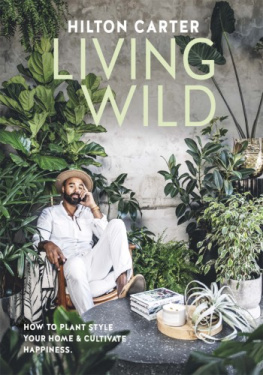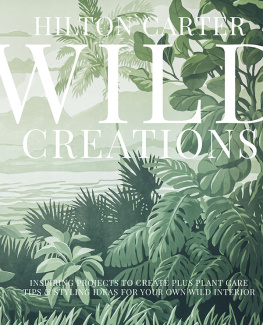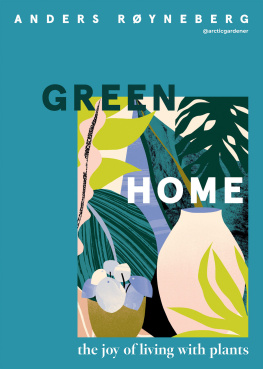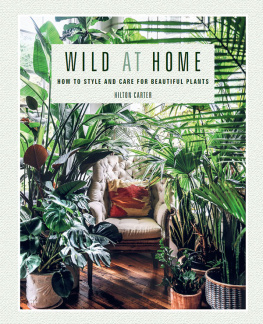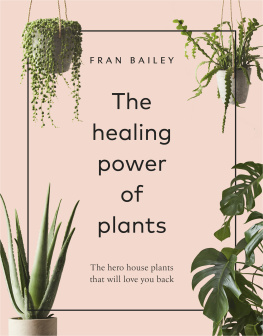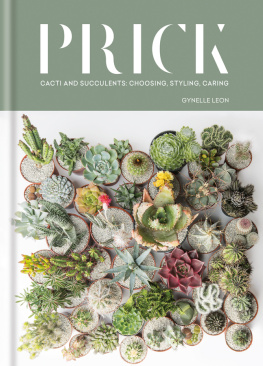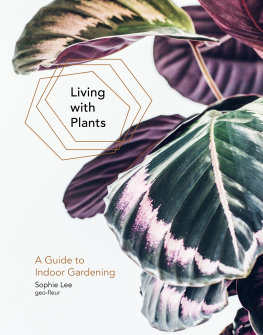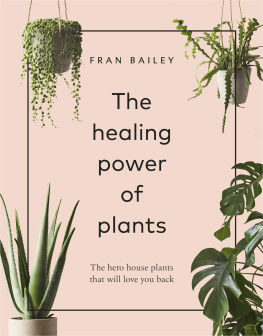HILTON CARTER
LIVING WILD
HILTON CARTER
LIVING WILD
HOW TO PLANT STYLE YOUR HOME & CULTIVATE HAPPINESS.


This book is dedicated to Fiona and Holland.
I love you endlessly.
Photographer Hilton Carter
Senior designer Megan Smith
Senior editor Annabel Morgan
Art director Sally Powell
Creative director Leslie Harrington
Head of production Patricia Harrington
Published in 2023 by CICO Books
An imprint of Ryland Peters & Small Ltd
2021 Jockeys Fields
London WC1R 4BW
and
341 E 116th Street
New York, NY 10029
www.rylandpeters.com
10 9 8 7 6 5 4 3 2 1
Text Hilton Carter 2023
Design and photography
CICO Books 2023
The authors moral rights have been asserted. All rights reserved. No part of this publication may be reproduced, stored in a retrieval system, or transmitted in any form or by any means, electronic, mechanical, photocopying, or otherwise, without the prior permission of the publisher.
A CIP catalog record for this book is available from the Library of Congress and the British Library.
ISBN: 978-1-80065-212-5
Printed in China
WINDOW DIRECTION AND LIGHT LEVELS
Understanding the type of light you have in your home will make a big difference to the choice of plants you can place in those areas. Heres a breakdown of the types of light your plants will receive in the northern hemisphere, depending on the direction in which a window is facing (these directions will be reversed if you live in the southern hemisphere):
NORTHERN EXPOSURE Medium to bright indirect light
NORTHEAST EXPOSURE Medium to bright indirect light. Depending on the time of year, direct sunlight in the morning
NORTHWEST EXPOSURE Bright indirect light
EASTERN EXPOSURE Direct morning sunlight to bright indirect light
SOUTHERN EXPOSURE Bright indirect light to medium light
SOUTHEAST EXPOSURE Bright indirect light
SOUTHWEST EXPOSURE Bright indirect light to direct afternoon sunlight
WESTERN EXPOSURE Bright indirect light to direct afternoon sunlight
CONTENTS


LIVING WILD
HOW TO PLANT STYLE YOUR HOME & CULTIVATE HAPPINESS.
When WRITING this book, I saved the Introduction for last. Reason being, for one, that I had no idea how to introduce it, and two, because I was hoping that during the process of working my way through the 200 pages something would come to me. And clearly it worked, because here we are.
I knew from the moment that I finished writing my last book, Wild Creations , that if I was fortunate enough to have the opportunity to create another, it would be about plant styling and design. Over the years Ive provided tools to help those in the plant-loving community keep their plants happy and thriving while dabbling in a bit of styling here and there. In my first book Wild at Home , I walked the novice plant lover through care and design tips, with a few fun projects woven in. Book number 2, Wild Interiors , took readers to different parts of the world to hear about the journeys in greenery of other plant lovers and provided tips on which plants work best in particular rooms. And in my third book, Wild Creations , I presented projects and hacks that would be fun to create at home and still found the time to get on my soapbox and rant about the importance of good plant parenting.
I spent my first three books preaching about providing plants with everything they need to thrive as well as the tangible benefits of living with plants. If youve read any of my previous books, youll know just how passionate I am about understanding how to care for a plant before you have fun styling it. With all that essential information stored in your minds and hearts, in Living Wild its finally time to get into the artistry of plant styling and learn how making the right design choices with plants can transform a space, and, at the end of the day, bring a sense of contentment and happiness.
Throughout this book, I share my ethos, if you will, and reveal the way I go about styling a space with plants. Starting with my own home and visiting residential and commercial spaces that Ive plant styled along the way, I will take you on a deep dive into the reasoning behind my designs and decisions. Youll hear me talk about the power of color and texture, how to create a statement, and the art of the pedestal. I will challenge you to look at houseplants on an artistic level and reveal my favorite designer plants that help shape the way a room comes together, just as a rug or couch or piece of art might do. I want you to experience the appeal of clean modern lines being disrupted by wild organic forms and see how choosing one planter over another makes a world of difference.
These are just some of the themes youll encounter within the pages of this book. My hope is that after reading it, you are able to apply these methods to your own space and move forward towards living wild. Enjoy.

DESIGNING
A LIVING HOME

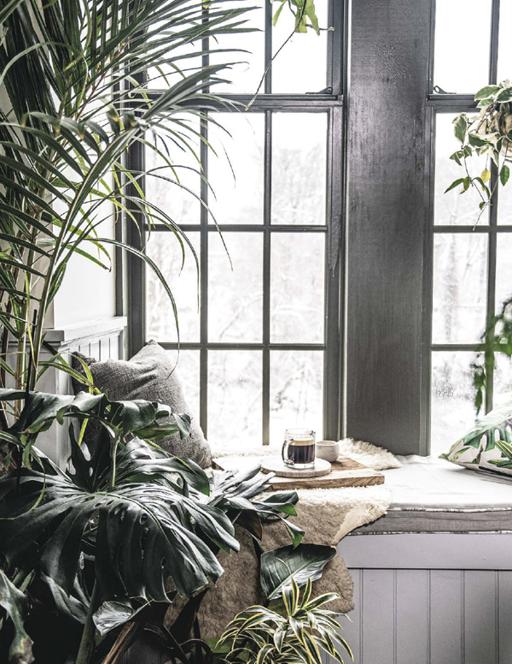
I m often asked what my style is, and to be honest I never think about it when designing a room for myself or others. But if I was to stand back and look at it from a birds-eye view, I guess I would describe it as modern lush. Ok, that may not be a style youre familiar with, but Im making it a thing. Modern Lush. It has a nice ring to it. My home is a mix of modern, Scandinavian, and Mexican influences all blended together, and once I add the plants, thats how modern lush is birthed. For me, the same energy and thoughtfulness that go into selecting the right color of paint for the walls, or the perfect pieces of furniture, should go into selecting the right plants, planters, and accessories necessary to make a room feel finished. Plant styling requires an eye for understanding exactly which particular colors and shapes will vibe with each other. In design you just cant plan accordingly, you must also plant accordingly. These things are necessary when designing a living home.
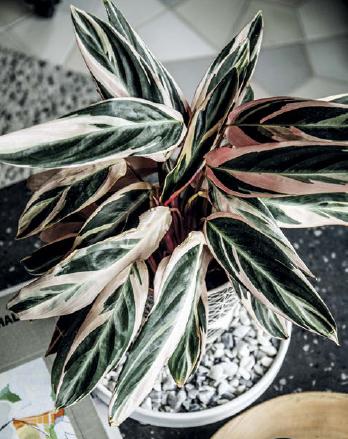
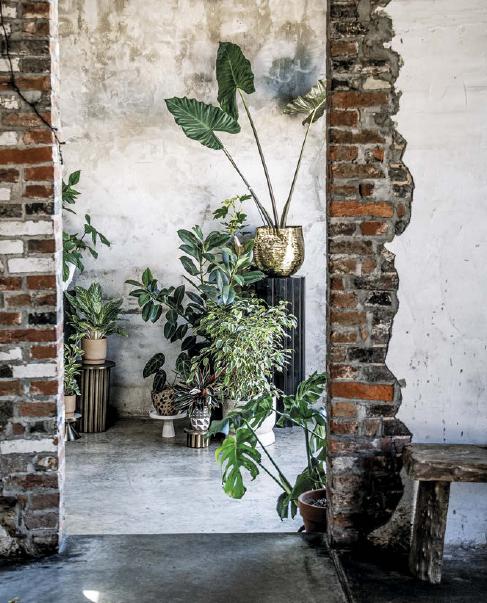
In my first book, Wild at Home , I discussed three plant-styling methods that replicate the way we interact with plants in nature: levels, layering, and grouping. In the wild, we see greenery at a variety of different levelsat our feet, at eye level, and above. Indoors, creating the same effect requires hanging plants and planters, placing plants on tables or pedestals, and styling plants on the floor. Layering plants harks back to the way they grow in nature. Different species grow on top and alongside one another, creating what we understand as a jungle. Mixing and matching foliage of various shapes, sizes, and textures indoors creates a similar effect and gives a space a robust and lush feel. Lastly, grouping involves bringing like-minded plants together to create a theme or look. For example, if you were looking to make your living room feel like a cottage in the arid Arizona desert, youd group drought-tolerant cacti together to replicate that look. To design a living home, youll see me put these methods and many others to use. But it all starts and ends with light.
Next page
